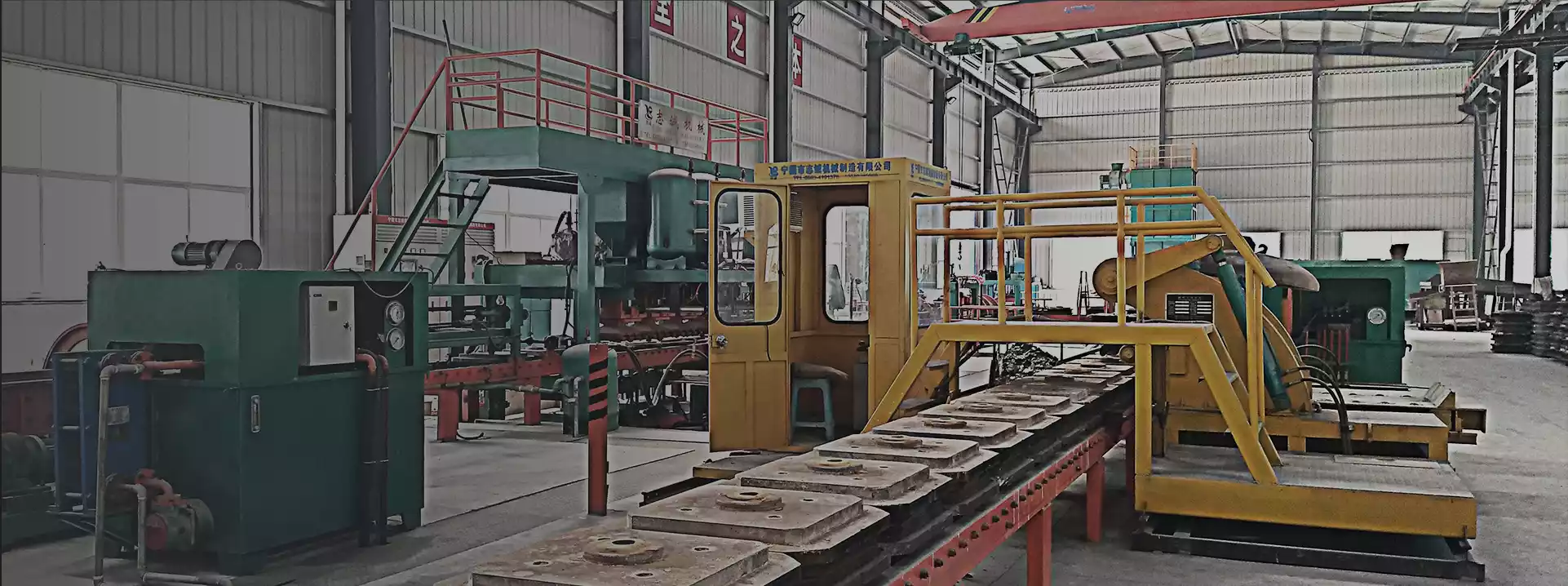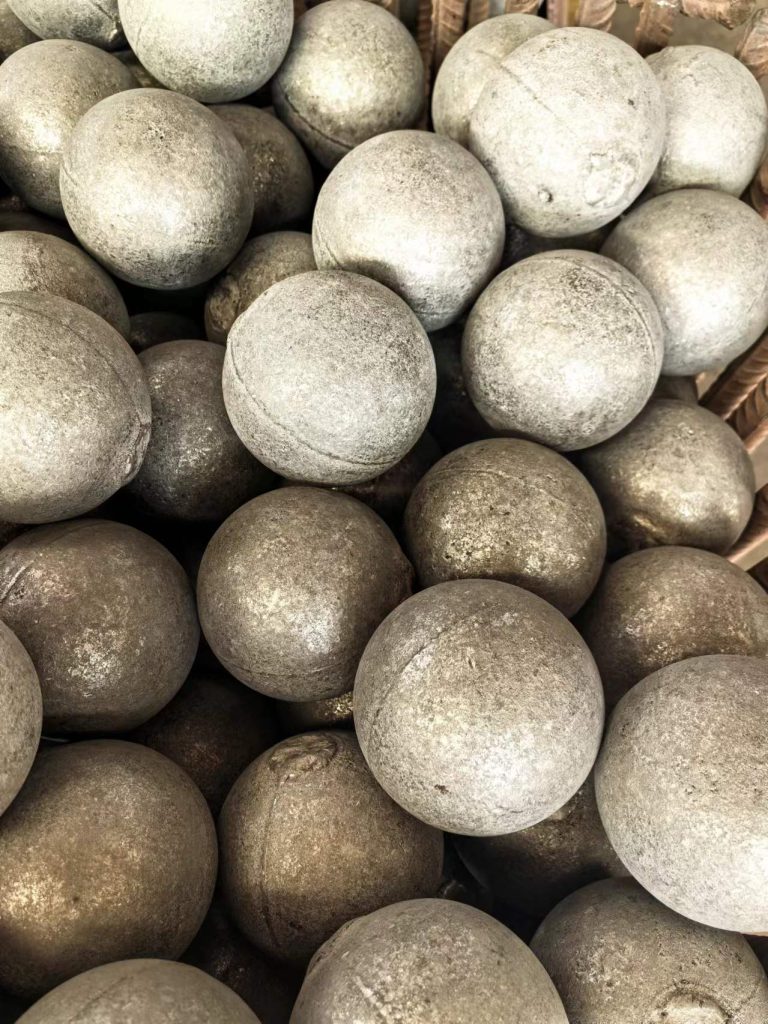Introduction: Optimize Milling Efficiency with the Right Grinding Media Balls
When it comes to industrial grinding, choosing the right grinding media balls is crucial for enhancing milling efficiency. Whether you are involved in mining, cement production, or chemical processing, the performance of your ball mill largely depends on the quality of your grinding media. In this guide, we'll explore the factors that influence the selection of grinding balls and help you choose the best option for your milling needs.
1. Material Composition: Selecting the Right Grinding Media for Your Mill
The material composition of your grinding media plays a significant role in determining the efficiency and lifespan of your ball mill. The most common materials used for grinding media balls include:
- Steel Grinding Balls: These are ideal for general-purpose grinding due to their durability and cost-effectiveness. Carbon steel and chrome steel are commonly used in ball mills. Chrome steel offers superior wear resistance, making it ideal for grinding hard materials.
- Ceramic Grinding Balls: For fine grinding applications or sensitive materials, ceramic balls made from zirconia or alumina are perfect. These materials are non-reactive and provide exceptional wear resistance.
- Stainless Steel Balls: Stainless steel is perfect for wet grinding or situations requiring high corrosion resistance, especially where contamination must be minimized.
When choosing grinding media material, always assess the hardness of the material being ground and the operational environment.
2. Size and Shape of Grinding Media Balls: Maximize Grinding Efficiency
The size and shape of your grinding media significantly affect the grinding efficiency and final product quality. Key considerations include:
- Ball Size: Smaller balls are ideal for fine grinding, while larger ones are used for coarse grinding. The ball-to-material ratio also influences milling efficiency.
- Ball Shape: Spherical balls are the most common, but some applications may benefit from cylindrical or elliptical balls depending on the grinding process and material.
Choosing the right ball size and shape ensures effective grinding and minimizes energy consumption.
3. Hardness and Wear Resistance: Ensure Longevity and Durability
The hardness and wear resistance of grinding media balls directly impact their longevity. For more abrasive materials, higher hardness grinding balls, such as chrome steel balls, are needed. This ensures reduced wear and frequent replacements.
For longer-lasting balls, opt for media with high impact toughness and wear resistance, which will improve your ball mill's efficiency and lower operational costs.
4. Grinding Environment: Wet vs. Dry Grinding
When selecting grinding media, it's important to consider whether your process involves wet grinding or dry grinding.
- Wet Grinding: For wet milling processes, you’ll need corrosion-resistant materials like stainless steel or ceramic balls to ensure the grinding media withstands moisture and doesn't degrade prematurely.
- Dry Grinding: In dry milling applications, wear resistance and hardness become critical. Steel balls are often more suitable for dry grinding due to their durability.
5. Cost Considerations: Maximize Value with Optimal Selection
While quality should always come first, cost considerations also play a significant role in grinding media selection. Choose materials that offer a balance between performance and budget. For instance, while ceramic balls are expensive, their longevity and performance in fine grinding might justify the investment in some cases.
Consider the total cost of ownership, including:
- Initial Purchase Price
- Frequency of Replacement
- Energy Efficiency
A smart investment in high-quality grinding media can lower your overall operational costs by reducing the need for frequent replacements and improving energy efficiency.
6. Supplier Reputation: Trustworthy Sources for High-Quality Grinding Balls
Always purchase from reputable suppliers with a proven track record. Trusted suppliers provide quality products that have undergone rigorous quality control processes. Look for certifications and ask for customer reviews to ensure you're getting the best value for your money.
Conclusion: Choose the Right Grinding Media Balls for Maximum Milling Performance
Selecting the right grinding media balls for your milling process is essential for optimizing productivity and cost-effectiveness. Factors like material composition, size, hardness, and wear resistance should be carefully considered based on your specific application. Additionally, choosing a reliable supplier will ensure you receive high-quality products that improve the efficiency and lifespan of your ball mill.
By making an informed decision on the best grinding media, you can enhance your milling operation, reduce downtime, and achieve better results in your industry.
For more detailed advice on selecting the right grinding media or to explore our range of high-quality milling balls, contact us today!


